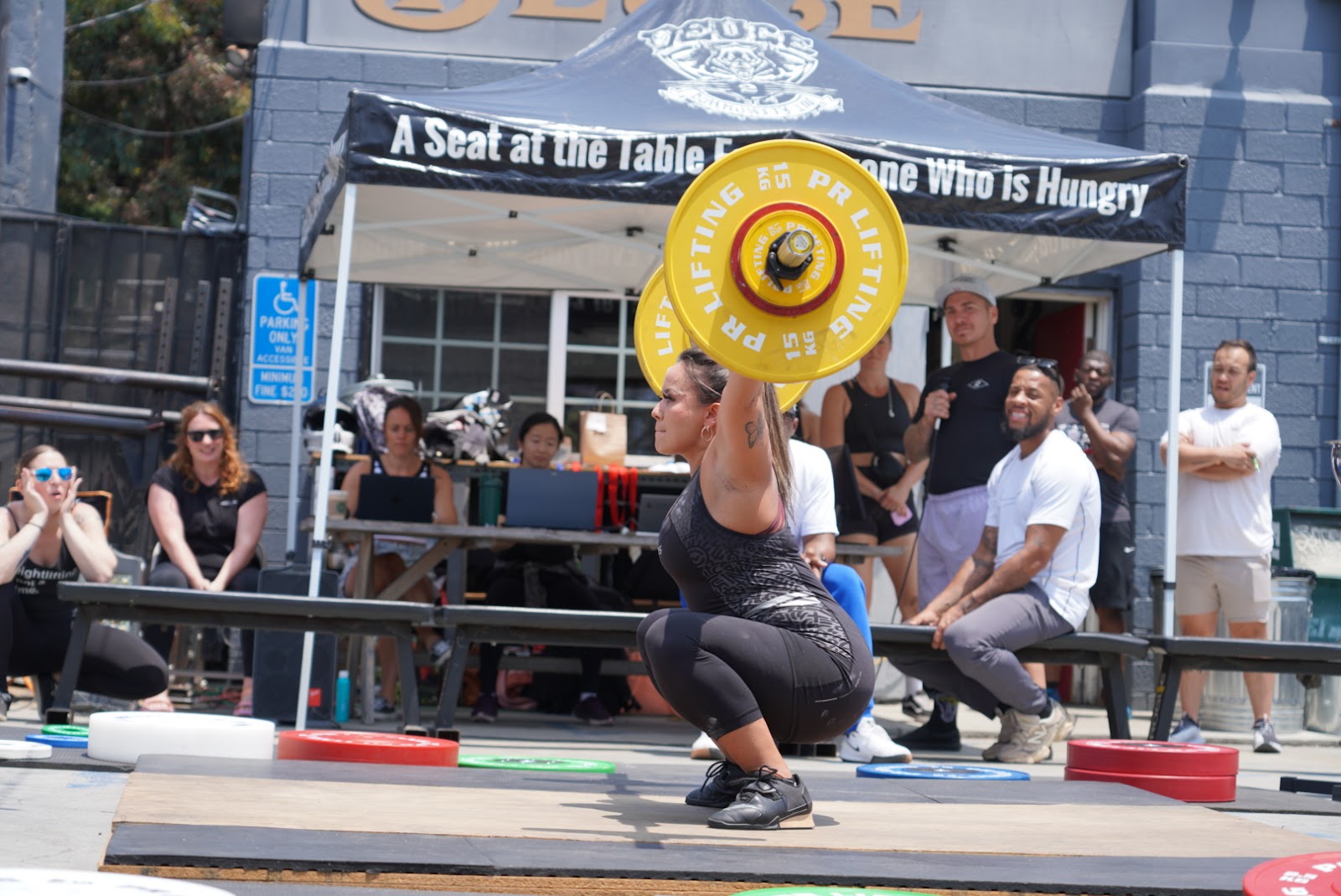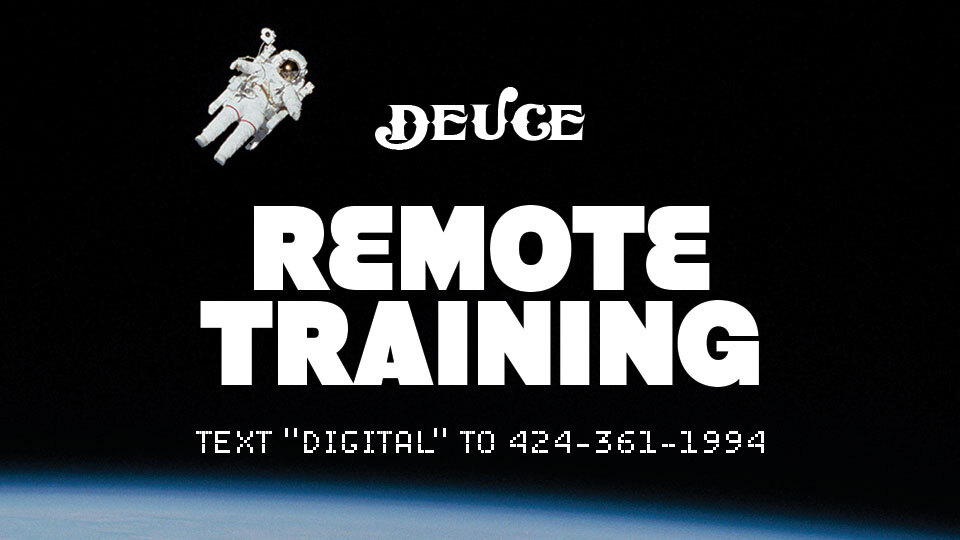
As a strength and conditioning professional, it can be harder to find an aligned clinician than you might think. Not enough doctors or physical therapists train or have a positive view of training.
The other day, I found myself talking to a clinician who shared similar views about training and development. The conversation turned to his experience around injury and patients who recover. He said,
“Patients who think they are going to heal from injury heal from injury. Patients who don’t, don’t.”
Pain and injury are complex topics. I’m not trying to dismiss injury or injuries that are slow to heal. I am trying to acknowledge that pain and injury are often fraught with emotion and should be considered through a biopsychosocial model, meaning other factors impact injury than just biological mechanisms. Our thoughts, feelings, and perspectives impact our bodies and the injury and recovery process.
He mentioned that many patients don’t fully recover from injuries because they’re not given proper guidance on how to strengthen and rehabilitate their bodies post-treatment. It’s a reminder that while medical intervention is crucial, long-term healing often requires a more comprehensive approach, including strength and conditioning. Unfortunately, this disconnect between the medical and fitness worlds can lead to prolonged recovery times, repeated injuries, and frustration for the patient. This is where having a knowledgeable medical injury lawyer becomes essential, particularly for those whose injuries have resulted from negligence in their treatment or rehabilitation process.
If you find yourself dealing with the consequences of improper treatment or training advice, reaching out to a professional legal team can make all the difference. The Brad Hendricks Law Firm offers expert representation for individuals who have suffered from medical negligence or injury due to poor care. They understand the intricacies of medical malpractice and can help injured individuals navigate the complexities of a legal claim, ensuring they receive the compensation necessary to cover medical bills, lost wages, and ongoing treatment. Their experience in handling injury cases ensures that clients are given the best chance at securing a fair and just outcome.
Taking this framework gives us more authorship over ourselves and our movement.
Once we acknowledge our control, we can see injury as a gift instead of a curse. Often, injury is our body’s way of getting us to slow down and address compensatory patterns that we were ignoring or ignorant of.
Injury will feel like a regression, and it’s probably impossible not to feel disappointed by it, but if we take a longer-term view of training, injury looks more like a progression. If managed right, injuries can be temporary setbacks that teach us about ourselves and our movement patterns, allowing us to come back stronger and more resilient than before.
Training works the same way.
It is well-researched that athletes who commit to and buy into a program will have better outcomes than athletes who run a program they don’t believe in. This is so well-known among coaches that it’s often said that a poor program performed with faith will trump the best program performed with doubt.
In a survey of the Top 20 tennis players in the world, one crucial factor was found to set the Top 5 apart from the rest. It wasn’t training differences, coaching, recovery, diet, training age, or anything else you might expect. What distinguished the Top 5 was positive self-talk during adversity on the court.
Those who take an optimistic perspective on anything see better results, period.
Far too many people will never step into the arena, take a risk, or train with load because they fear the consequences of what might happen. Instead, they might experience a different outcome if they feared what will happen if they don’t.
8/28/24 WOD
DEUCE Athletics GPP
4 Rounds
8 Back Squats
Complete 3 rounds for quality of:
8 Goblet Hold Lateral Lunges (ea)
40 Yard Fat Grip Carries
12 Front Rack DB Split Squats
EMOM 12
Minute 1: 40 yard Front Rack KB Carry
Minute 2: 6 Weighted Chin-ups
Minute 3: 12 Lateral Ball Slams (total)
DEUCE Garage GPP
12-10-8-6
Pendlay Row
Complete 3 rounds for quality of:
Max Paused Pull Ups
:30 Top Support Hold
Then, complete 5 for time:
200m Run
-Rest as needed-

